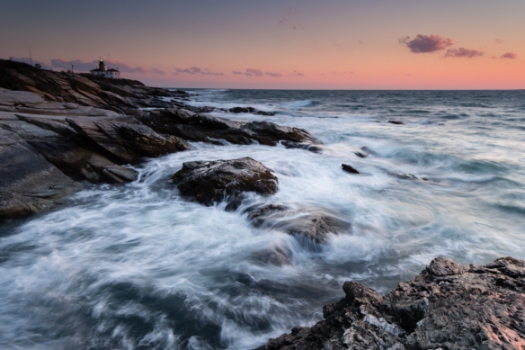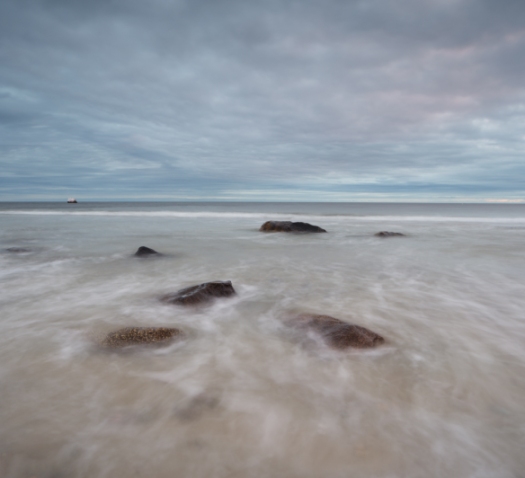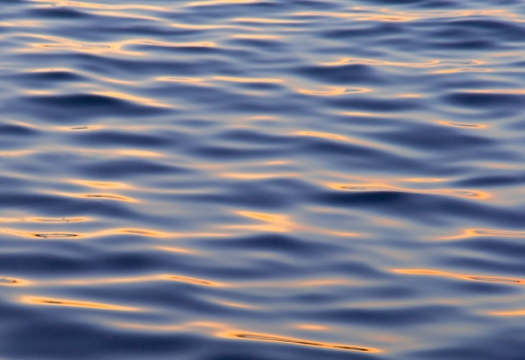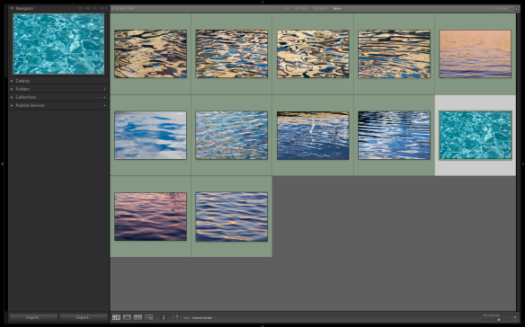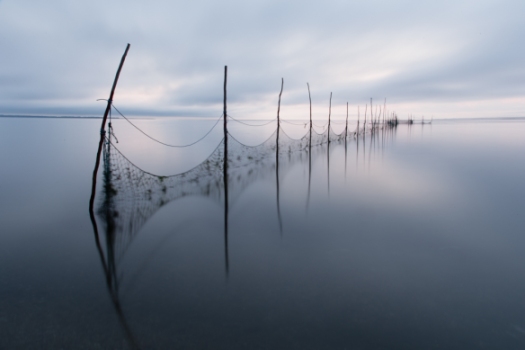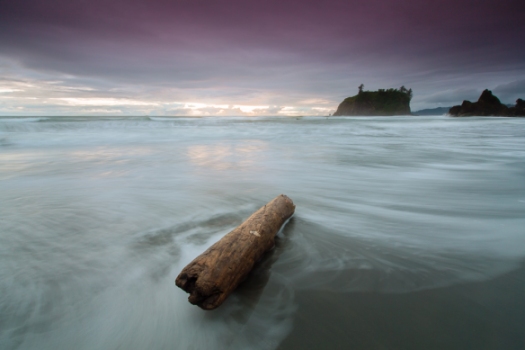What’s the weather like where you are? Here on the New England coast it’s been bitterly cold this last week – a polar vortex the weather guys seem to call it. I was in Jamestown recently to photograph around Beavertail lighthouse with the temperature cold and feeling colder because of the wind chill.
This was the first time that I’d actually gone to Jamestown with the intention of photographing around the lighthouse and, although I had prepared as well as I could, I wasn’t prepared for the difficulties that the cold would present. I was playing with the 24 mm tilt-shift lens again but what I quickly found was that I was too clumsy with gloved hands to operate the buttons and knobs that you need to work to adjust the lens. I struggled along the best that I could but was very frustrated by the time I was done.
I did however get a couple of images that I liked and managed to find a couple of fun spots that I plan to return to in the coming weeks.

